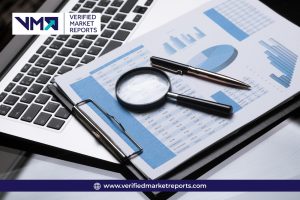
The United States Non-Protein Nitrogen in Feed Market size is reached a valuation of USD xx.x Billion in 2023, with projections to achieve USD xx.x Billion by 2031, demonstrating a compound annual growth rate (CAGR) of xx.x% from 2024 to 2031.
United States Non-Protein Nitrogen in Feed Market By Application
:
- Grains
- Oilseeds
- Legumes
- Fruits & Vegetables
- Others
:
The non-protein nitrogen in feed market in the United States is segmented by application, with several key categories driving its demand:
Grains constitute a significant segment, leveraging non-protein nitrogen for enhanced livestock nutrition. Oilseeds also play a crucial role, integrating these compounds to bolster protein synthesis in feed formulations. Similarly, legumes are a prominent application, utilizing non-protein nitrogen to improve nitrogen balance in animal diets. Furthermore, fruits and vegetables represent another vital segment where non-protein nitrogen contributes to the overall nutritional profile of animal feeds. Lastly, other applications encompass a diverse range of uses, including specialty feeds and niche nutritional supplements that utilize non-protein nitrogen for specific dietary enhancements.
